Hastings, the neighbourhood that sums up Kolkata’s colonial past
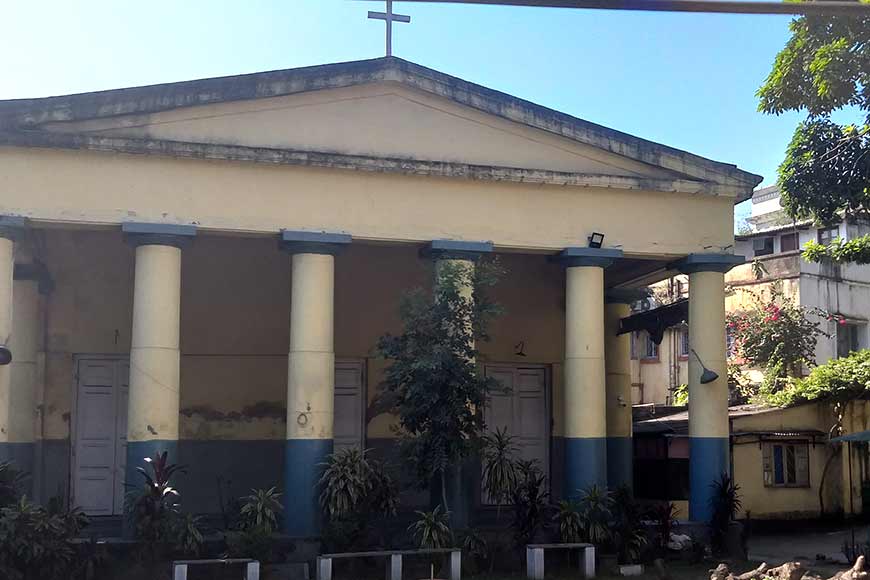
Hastings Chapel
Driving down to Hastings from the Rabindra Sadan end, you will encounter a curious statue of an unidentified, undated, uniformed horseman on the premises of the PWD office. Clearly a military man of some importance, he carries an open sword as he sits atop a horse which has one hoof raised off the ground. If you were to subscribe to a popular urban legend about hoof positions of equestrian statues, a horse with one leg raised indicates that the rider was wounded in battle.
Walking around Hastings, you will come across an old, two-storeyed house with a faded plaque that reads ‘Mundle & Co, Estd 1841, Hastings’. One can only assume that ‘Mundle’ was actually ‘Mandal’, though what the company was all about, nobody knows. Like so many other old, crumbling bungalows and residences in the area, this one too now serves a pedestrian purpose.
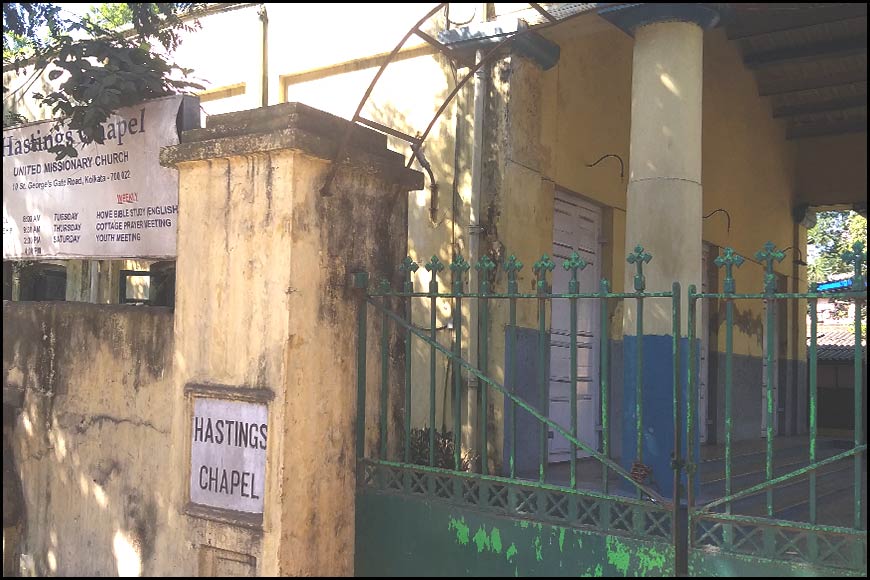
The man is most certainly not Warren Hastings, but try as I might, I have been unable to trace his true identity, though he appears to be wearing an Order of British India (OBI) medallion on his chest. This order of merit was established at the behest of Lord Bentinck in 1837 by the East India Company for “long, faithful and honourable service”, and the recipients were mostly senior Indian military officers, though the statue looks to be that of a Westerner. Once the company’s powers were removed after the Indian Mutiny, the OBI was incorporated into the British Honours System in 1859, and was finally declared obsolete in 1947.
This statue is one of the many things that strikes me as surprising about Hastings, Kolkata, which has been my home since the 1950s. It is a neighbourhood I know like the back of my own hand, and yet, it holds puzzles even for me. Take some of the street names, for instance - Bakery Road, Parsonage Road, Chapel Road, Leonard Road - which seem straight out of an English village. How did these names originate? What happened to the bakery and parsonage? Not to forget St George’s Gate Road, Commissariat Road, and Clyde Row, all strong throwbacks to our colonial past.
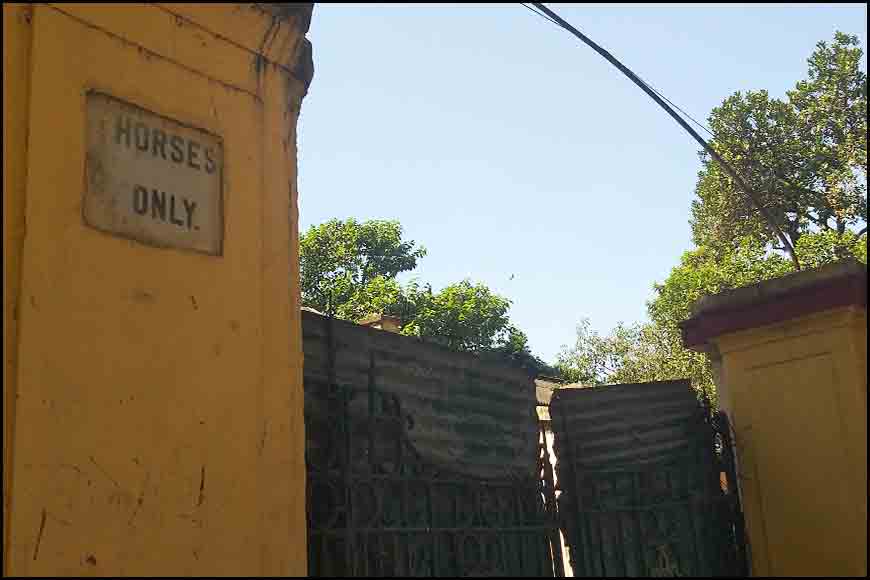
Walking around Hastings, you will come across an old, two-storeyed house with a faded plaque that reads ‘Mundle & Co, Estd 1841, Hastings’. One can only assume that ‘Mundle’ was actually ‘Mandal’, though what the company was all about, nobody knows. Like so many other old, crumbling bungalows and residences in the area, this one too now serves a pedestrian purpose. No matter where you go in Hastings, you cannot avoid these old residences, some of them in slightly better condition than the others, though many have made way for concrete apartment buildings. I still remember a time when there were Anglo-Indian families such as the Watsons and Hildreds living here, and Commissariat Road (also called Monkey Road long ago, owing to the numerous monkeys which populated it) now predominantly houses Army installations, but bears clear signs of having been an exclusively ‘Whites only’ neighbourhood.
Geographically speaking, Hastings lies between the river Hooghly and the Maidan. The area was initially a Muslim burial ground. In fact, we bought the land on which our house is built from a family which claimed descent from Tipu Sultan. It then became ‘Coolie Bazar’ when the workmen who built the new Fort William (following the Battle of Plassey in 1757) set up their shanties here, and finally turned into a township for employees of the Ordnance and Commissariat department. Literally every square inch of Hastings has a heritage connection, as landmarks like Fort William, the Lascar War Memorial, the Ordnance Club, and the Race Course demonstrate. Even its police station dates back to 1888! And the Royal Calcutta Turf Club stables still have gates marked ‘for horses only’.
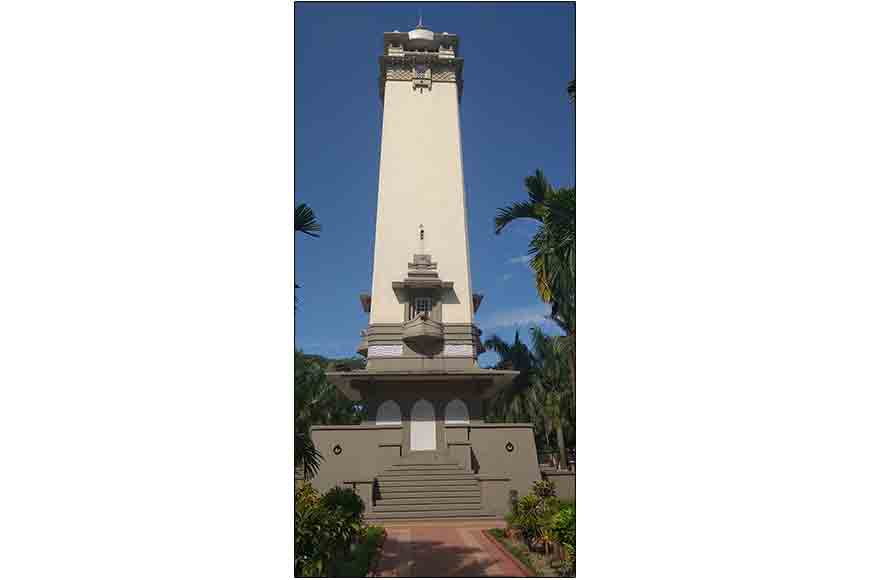
Diagonally opposite the PWD office complex with which I opened this piece is a small, unkempt, overgrown plot of land, on which a circular white wall supposedly marks the spot where Maharaja Nandakumar - the man who succeeded Hastings as the dewan of Bardhaman, Nadia, and Hooghly - was famously hanged in 1775, the first Indian to be thus executed by the British, after a farcical trial.
Today, despite the half-hearted attempts to preserve it, this spot looks like an abandoned plot of land in the middle of a traffic island on St George’s Road, the memorial to Nandakumar obscured by weeds and fallen trees. The stench of urine from the adjoining public toilet is hard to ignore, and makes it almost impossible to walk into the place. There is not a single sign or plaque to indicate its importance in our history, though owners of the tea and fruit stalls surrounding it still identify it as ‘phansi ghar’ (hanging room).
The man is most certainly not Warren Hastings, but try as I might, I have been unable to trace his true identity, though he appears to be wearing an Order of British India (OBI) medallion on his chest.
Much of Hastings suffers from a similar lack of preservation, except those areas which now belong to the Army and Navy. Walking down Napier Road (named after Sir Charles Napier, once commander-in-chief of the British forces in India), various old and new buildings belonging to both defence wings line the street. Leading out from Napier Road is Hastings Bridge, built over the Tolly Nullah. In her 1905 book ‘Calcutta Past and Present’, Kathleen Blechynden writes about Hastings, “It was long known by its original native name of Coolie Bazar, but received its present style in later years from its proximity to Hastings Bridge over Tolly’s Nullah, built in 1833, and named in honour of the Marquis of Hastings, under whose auspices the first iron bridge in India, a foot-bridge, had been erected in 1822, over Tolly’s Nullah at Kalighat.”
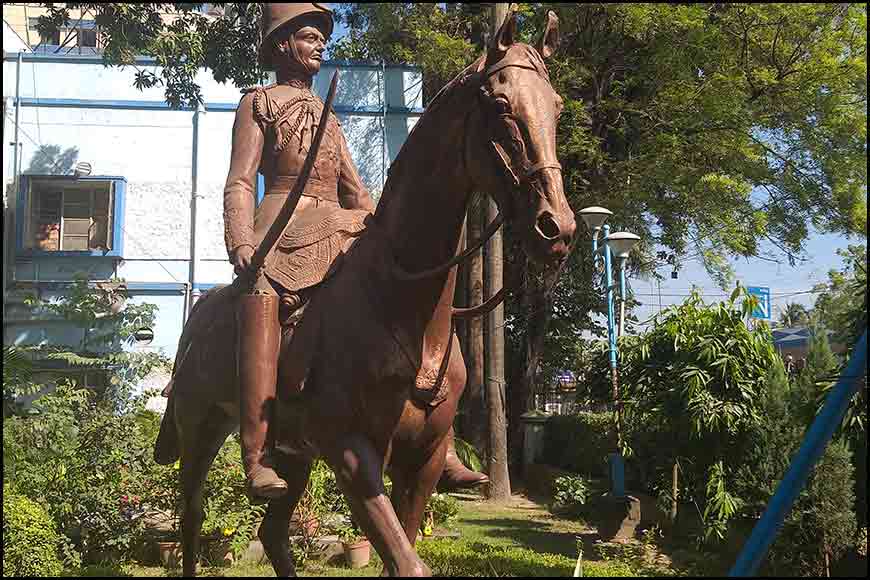
Walking toward the second Hooghly Bridge or Vidyasagar Setu, still on Napier Road, you will come upon the stunning Lascar War Memorial, to which I have a special attachment because INTACH was partially involved in its restoration, particularly of the magnificent cement floor with its inlay work. The Lascar Memorial was commissioned in memory of the 896 Lascars (sailors or militiamen) of undivided Bengal and Assam who lost their lives during World War I (1914-19). The 100-foot high monument, built in the Indo-Mughal style, was unveiled by Lord Lytton in 1924, and fetched an award of Rs 500 for its designer William Ingram Keir. Currently managed by the Indian Navy, the memorial was initially restored in 1994 at the instance of Commodore B.K. Mohanti. More restoration work has been carried out in subsequent years.
Very close to the memorial is a small, apparently nondescript bungalow, similar in appearance to other former military residences in British settlements like Barrackpore, for example. However, this small bungalow has a huge story to tell. When Edwin Lutyens, the architect of ‘Lutyens’ Delhi’ and son-in-law of Lord Lytton, was looking for designs for bungalows in Delhi, this was the template he followed. If you have seen Flagstaff House within the Police Training School premises in Barrackpore, you will notice the similarities with this small bungalow in Hastings.
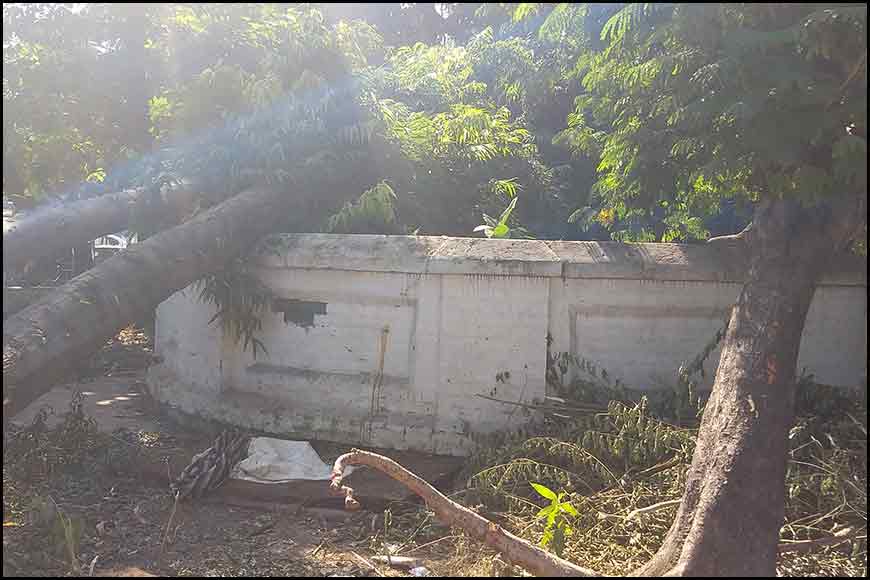
Then there’s Hastings Chapel on Clyde Row, which has also always interested me owing to its spartan, minimalist appearance, far removed from the opulence of other Catholic churches of the time. Unfortunately, I have not been able to gather sufficient information regarding its construction or its past. The chapel still holds regular services, which is why its shabby appearance is all the more surprising.
In a nutshell, this is Hastings for you. A neighbourhood that is almost a microcosm of Kolkata’s colonial past, but in urgent need of preservation and protection from the encroachments of the present. I do hope you can take a walking tour some day, and see the remnants of a bygone era before time erases many of them.
G.M. Kapur is convenor, West Bengal chapter, of The Indian National Trust for Art and Cultural Heritage (INTACH)










